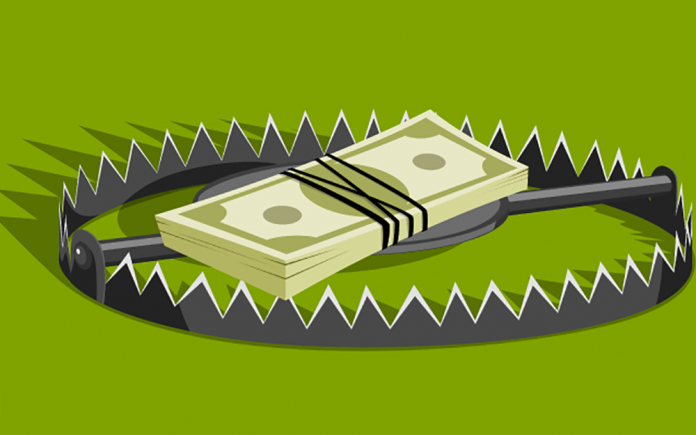
By Haddon Libby
On the way to a recession, a stock market rally broke out. It seems that the Gross Domestic Product of the United States grew by 2.9% during the fourth quarter. This strength suggests that the Fed has a fighter’s chance of pulling off the proverbial ‘soft’ landing where inflation is tamed without the economy slipping into a rut.
The stock market reacted to this better-than-expected news with a rally where the S&P 500 was up 6.5% through February 10th. During 2022, the stock market down as much as 27% before a Christmas rally which led to a 20% decline on the year.
Is this stock market rally sustainable or a “a Bear Market trap” as Morgan Stanley’s chief economist, Mike Wilson says. The typically dovish Nobel economist, Paul Krugman, believes that the market is “fighting” the Fed which is serving to mute the impact of higher interest rates. Krugman believes that this will probably cause the Fed to tighten too much causing a deeper recession than intended. Ed Yardeni of Yardeni Research disagrees and believes that the economy is in much better shape and stock market gains of late are in recognition.
Part of the January rally was caused by record levels of option contracts outstanding. Many used these options as protection against a market decline. As these options began to mature, holders had to buy the underlying shares to fill and close those orders.
Another complicating factor was the large size of tax loss harvesting at year-end. This happens when people take losses on underperforming stock positions to offset gains on other holdings. Due to large cash levels caused by tax-loss harvesting, fund managers put this money to work during January.
The bond market does not agree with stock market bulls who were in charge in January. A US Treasury maturing at year-end produces a 4.9% yield while a Treasury in the 10-year range only produces a mid-3% return. This suggests that a recession is coming and that the Fed may have to reduce rates sooner than expected.
The strong GDP number suggests that the full impact of higher rates may not be felt until later in the year. Last week Federal Reserve Chairman Jerome Powell said that they would likely pursue a few more rate increases and then wait to see the impact on the economy. This measured approach along with lower prices in many goods leads many to be less pessimistic.
So is the worst over for stocks? Possibly although the bulls make a strong case that stocks remain too expensive. The average price/earnings ratio for stocks is around 18x. That means that the typical stock trades for 18 years of earnings. The historic average is 15-16x. While revenue levels may stay up due to the impact of inflation, earnings are likely to fall due to slowing demand and higher input costs like labor. This indicator suggests that it is more likely to see the stock market move lower than higher over the next few quarters.
If investing in the stock market over the last few years has taught us anything, it is that it is impossible to know whether stocks will be up or down over a short period of time. This is why it is best to invest in the stock market over long periods of time and avoid reacting to every up or down that comes along. Over the long run, history tells us that stocks go up by 8-9% each year while fixed income generates a 4-5% return.
Only time with tell us whether the recent rally is one for the bulls or bears. Use the current rally to rebalance your investments to serve you over the long run.
Haddon Libby is the Founder and Chief Investment Officer of Winslow Drake Investment Management. For more information on their services, please visit www.WinslowDrake.com. As a reminder, this article is not investment advice. If you want investment advice, see us or another Registered Investment Advisor.











































